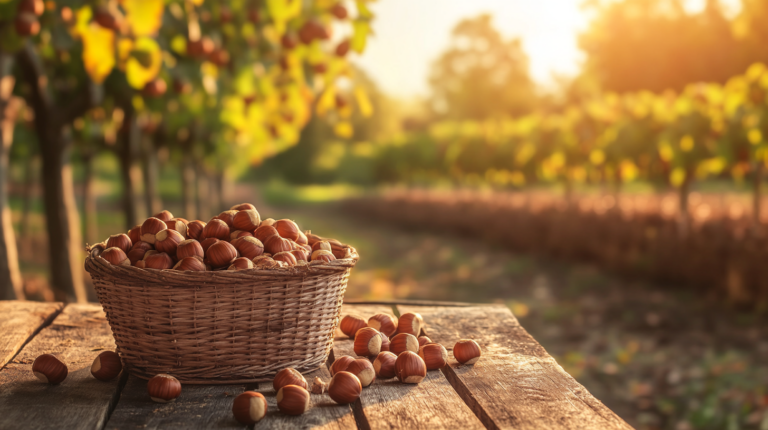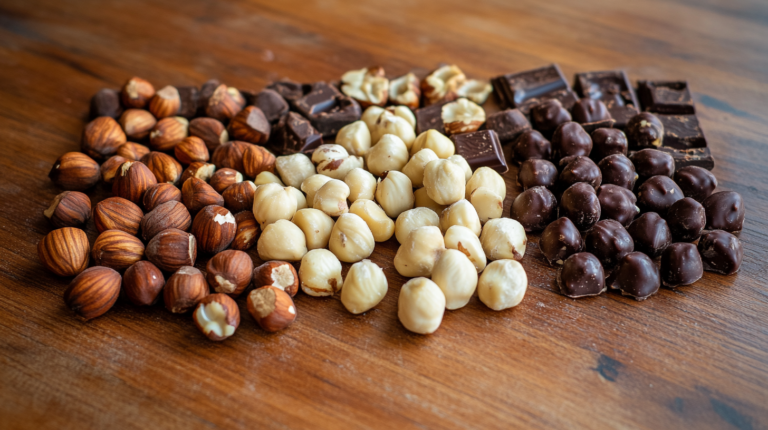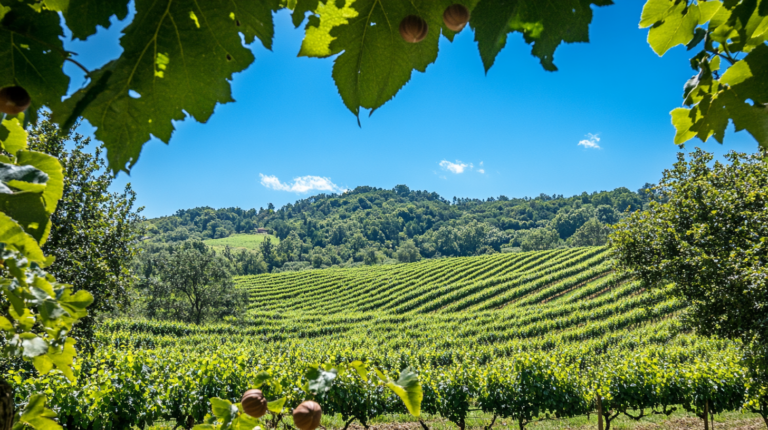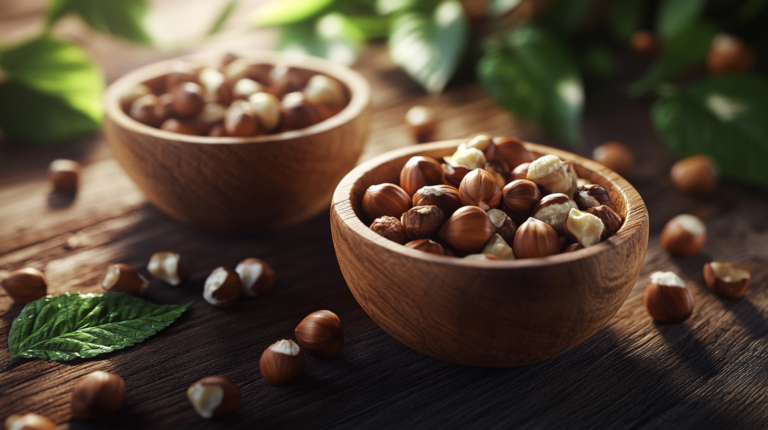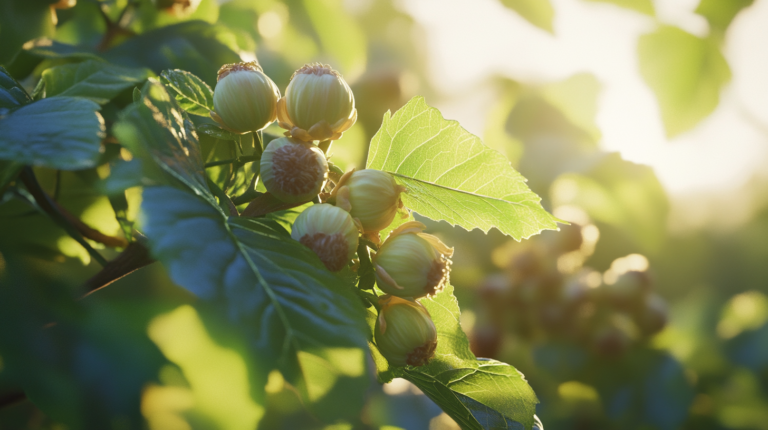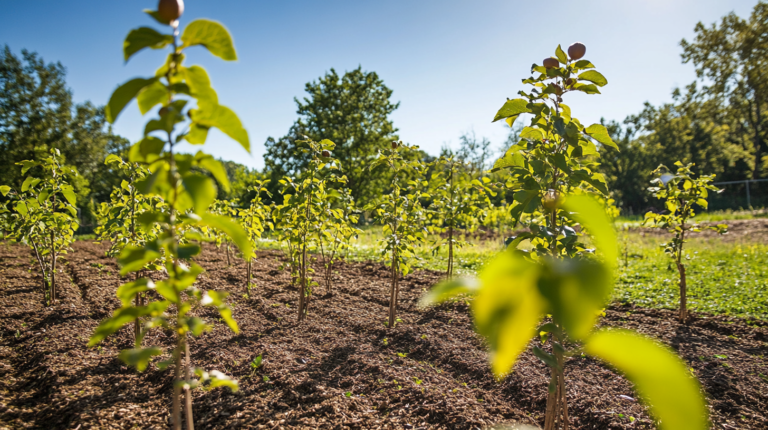Adapting Hazelnuts to Climate Change: Best Varieties for Every Region
Climate Adapting: Which Hazelnuts Thrive Where?In the face of changing climate conditions, understanding which hazelnut varieties thrive in different environments is crucial for sustainable cultivation. This comprehensive guide explores the adaptability of various hazelnut types, their responses to climate change, and strategies for successful cultivation in diverse regions. Understanding Hazelnut Varieties and Their Climate Preferences…

